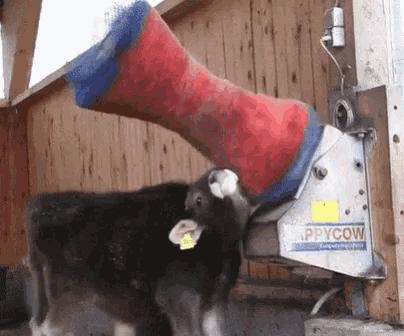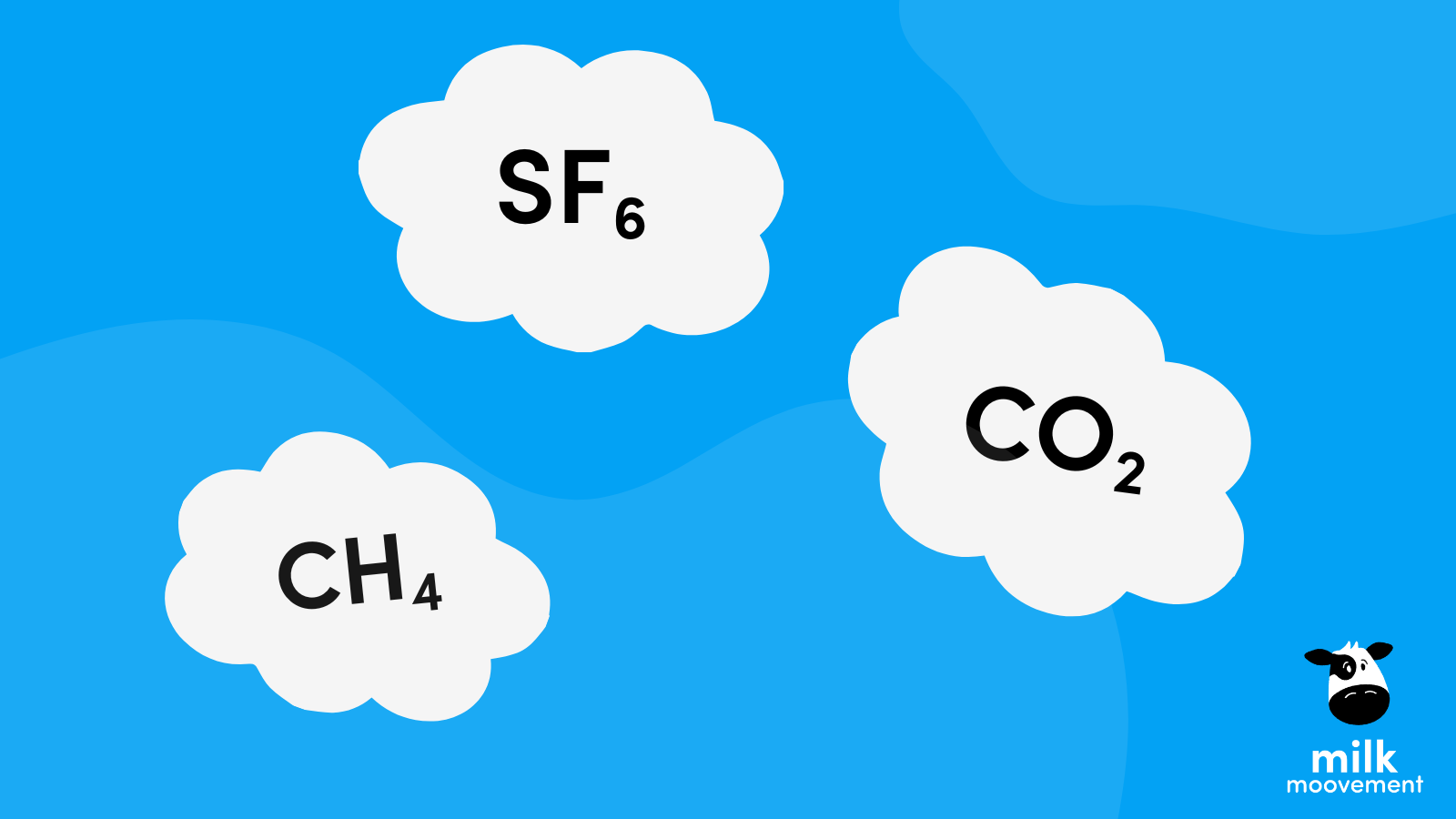A happy cow is a cash cow

A happy employee produces better quality work, supposedly. This is equally true for cows.
Keeping a cow happy at work isn’t as easy as an annual raise or donuts in the break room. Not a lot of room for moovement up the career ladder either. According to the National Agricultural Statistics Service, the average cow will produce 2,320 gallons of milk per year! Now that is a hard-working and productive employee!
A report by the William H. Miner Agricultural Research Institute found that the gentle treatment of cows results in 3.5% to 13% greater milk yield and is associated with up to about 2,000 pounds per year of greater milk. Cow comfort is top of mind for all good herd managers. So how do farmers keep their cows happy? Here are a few things farmers consider when improving the comfort of their herd.
.jpg?width=379&name=cows-in-a-farm-dairy-cows-PSN2WRW%20(1).jpg) Lame Cows
Lame Cows
Lameness can affect milk production in cows. Lameness in a cow isn’t when they are dull, it is when an animal has leg or foot pain that affects movement. There are many causes and types of lameness, all can affect milk production.
Stalls and Bedding
Cows that lay too long on hard surfaces are at a higher risk for lower leg disorders. On the contrary, cows that don’t sit long enough are also at risk for lameness. The free stall style allows the cows to move around when desired, which includes feeding and milking times.
Cows also require head lunge space to transfer their weight over the front knees to create a point of balance to get up. When doing this, the cow's head almost touches the ground, this is referred to as the bob zone
Comfortable Base
A stall should have a cushion material that provides both support and traction for the cow. Farmers use a wide variety of materials to keep their cows comfortable including rubber mats, cow mattresses, and/or various sources of bedding. Sawdust, shavings, straw, and sand are often provided for cows in stalls to enhance their comfort.
The quality and type of bedding have a huge impact on cow happiness and health. Cows have a preference to lie in deeply bedded sawdust stalls and will lay in the stall more with increased bedding material. If a cow doesn’t find the stall comfortable, it will spend little time in it or refuse to go in it together.
Brushes
Cow brushes are giant spinning brushes, kind of like the ones at a car wash. When the cow
touches the brush, a motor spins the brush and gets into spots the cow can’t reach. The brush helps keep the cows clean and reduces parasitic outbreaks. It also contributes to reducing the cow's stress and keeping them happy. Using cow brushes can increase milk production by 3.5% in second lactation cows.
Keeping Cows Cool
Heat can cause stress on cows, which will lower milk production as a result. Providing cows access to shade, cold water, fans for air movement, and sprinkler systems are some of the ways to help cows stay cool. Keeping the cows cool has been shown to increase milk production by 5 litres per day.
Preventing Lameness
Lameness, leg or foot pain, can negatively affect milk production in cows. Good feet and leg health can be maintained by regular hoof trimming, properly tractioned walking areas, preventing water from gathering in areas where cows frequent and having a well-balanced diet.
Too Many Cows in the Barn
Similar to humans, cows have personal space requirements. There is a fine line between too many cows and enough cows to turn a profit. If more milk is needed, add more cows to the herd. Easy right? If too many cows are added, the existing cows will produce less milk. Therefore, each cow's ROI lowers. Happy cows are productive cows.
-1.png?width=2649&height=724&name=MM%20Logo%20-%20Horizontal%20(Digital%2c%20Png)-1.png)

.png)